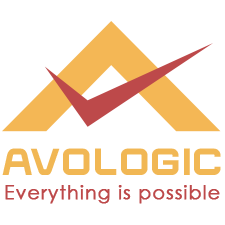Data structures are ways of organizing and storing data in a computer’s memory so that it can be accessed and used efficiently. There are many different types of data structures, each with their own strengths and weaknesses. Here are some commonly used data structures:
- Arrays: An array is a collection of elements of the same type stored in contiguous memory locations. It allows fast access to individual elements but has limited flexibility in size.
- Linked lists: A linked list is a collection of nodes where each node contains data and a reference to the next node in the list. It allows for dynamic size and efficient insertion and deletion but can be slower for accessing individual elements.
- Stacks: A stack is a data structure that follows the Last In First Out (LIFO) principle. It allows operations like push (adding an element to the top) and pop (removing the top element).
- Queues: A queue is a data structure that follows the First In First Out (FIFO) principle. It allows operations like enqueue (adding an element to the rear) and dequeue (removing the front element).
- Trees: A tree is a collection of nodes where each node has a parent and zero or more children. It allows for efficient search, insertion, and deletion operations.
- Graphs: A graph is a collection of nodes (vertices) and edges that connect them. It allows for modeling relationships and can be used for pathfinding and optimization problems.
- Hash tables: A hash table is a data structure that uses a hash function to map keys to values. It allows for fast lookup, insertion, and deletion operations.
Choosing the right data structure depends on the specific problem you are trying to solve, the type of data you are working with, and the operations you need to perform on that data.
Page Copyright
© Copyright @Avologic 2016 - 2023 All Rights Reserved.
